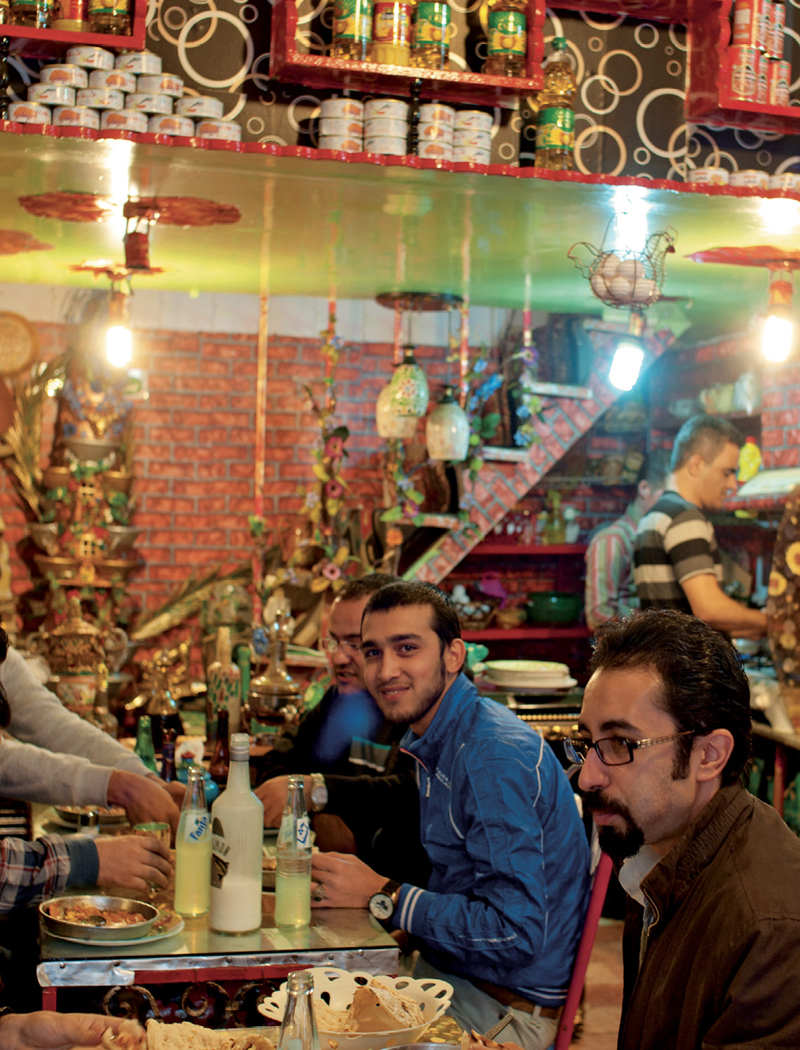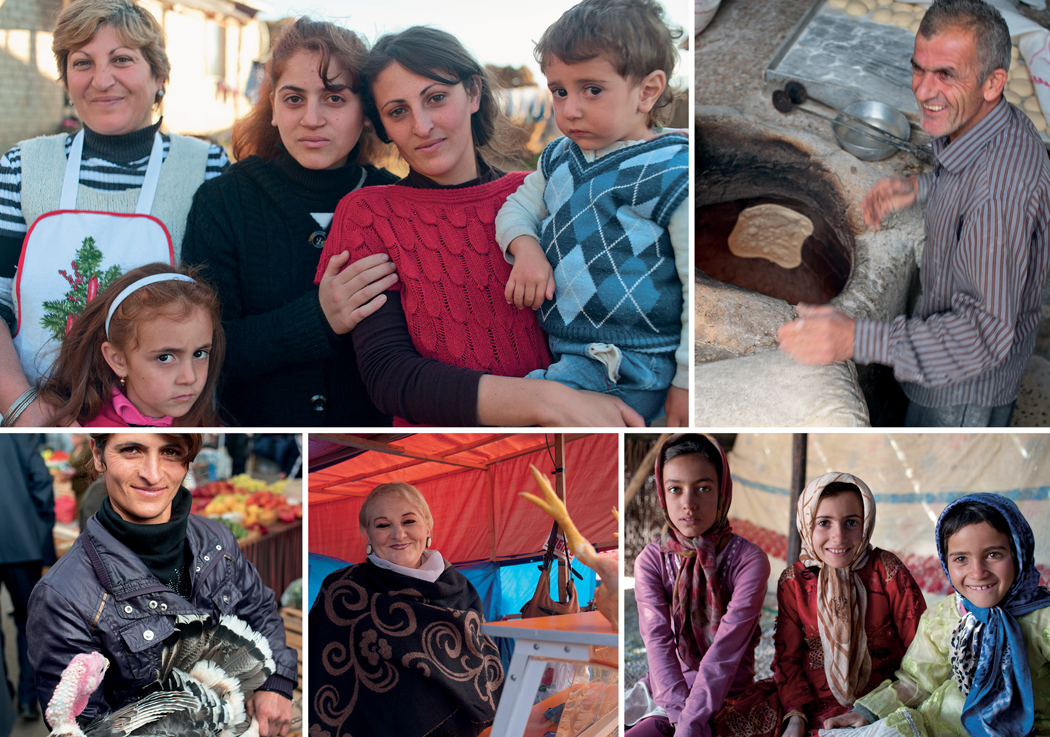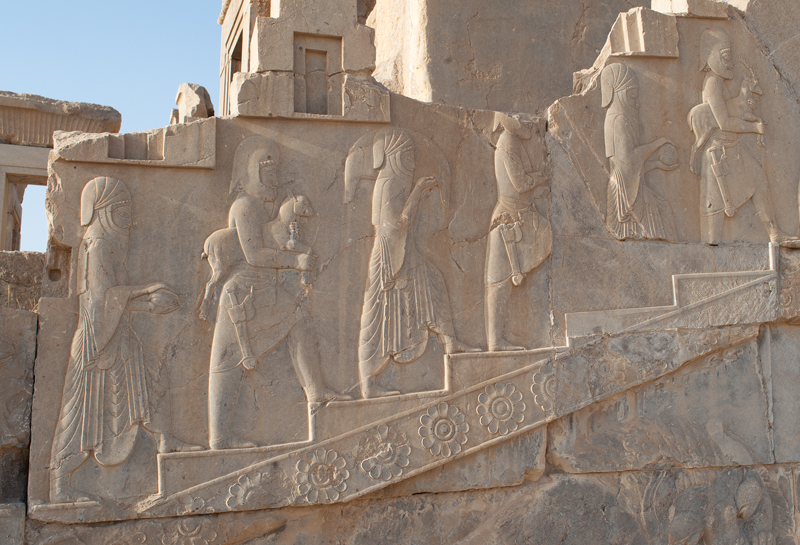

Tabriz, Iran—A popular local eatery.
On the wall of my office, I have a map that shows the Persian Empire under Darius the Great, who died in 486 BC. He ruled an empire first established by Cyrus the Great, the largest the world had ever known. Persia (present-day Iran) lay at the heart of the empire, which stretched as far west as Greece and, to the east, all the way to India.
When I first imagined this book, my idea was to write about the people and food of the Persian culinary region that centers on Iran but includes peoples in the immediate neighborhood: in Armenia, Azerbaijan, Georgia, and Kurdistan. The region extends from the Caucasus Mountains in the north to the southern tip of Iran, and lies between the Black Sea and the Caspian Sea.
The people here speak many different languages and follow many different religions. At the same time, they share a history, and they are all marked by Persian influences that date back to the time of Cyrus and Darius and continue in the modern era. The connections between them are found not in their different places of worship, nor in their many distinctive languages and alphabets, but in the kitchen, in the garden, and at the table.
I want to take you there to engage with the intensities of Georgian dishes; with the creative and subtle culinary traditions of Iran, Armenia, and Azerbaijan; and with the remarkable home cooking of the people of Kurdistan. The food is enticing, and the recipes are very friendly to the home cook. Flavors, textures, and ingredients will be familiar to anyone from a European or North American tradition. And that shouldn’t be surprising, for Persian ingredients and culinary wisdom have influenced cuisines from India to Morocco to northern Europe.
Common elements in the cuisines of Persia and her neighbors in the Caucasus and Kurdistan include richly flavored bean dishes, flatbreads of many kinds, generous use of herbs and greens, plenty of cheese and yogurt, walnuts (used in sauces, marinades, and vegetarian pâtés), inventive soups and stews, savory dishes flavored with pomegranate and/or other fruits, and (for all but the Georgians) rice as a beloved staple. Common to all the peoples of the region is a culture of hospitality, of sharing food and drink with both friends and strangers, with generosity.
As you read through the recipes and stories, the maps here and here will help familiarize you with place-names and the geographical connections in the region. At the back of the book, there’s more detailed information about each country (see A Closer Look), as well as Travel Notes (see here), for those who want to explore the food and culture of the region firsthand. The Annotated Bibliography (see here) provides a list of books and other sources that I’ve found interesting and inspiring, from cookbooks to novels, movies, and websites. And, finally, if you come across an unfamiliar ingredient, term, or name, the Glossary (see here) will be of help.

Clockwise from above left:
North of Yerevan, Armenia—Tsayhlik with her daughters and grandchildren outside their home near Mount Aragats (see Armenian Puff Pastry Cake);
Massouleh, northern Iran—a village baker with his tandoor oven (he works with incredible speed making lavash each morning);
near Shiraz, Iran—Khameh girls in the mountains (see Nomad Encounter);
Tbilisi, Georgia—a woman selling chicken at Deserteri Market;
Baku, Azerbaijan—a woman carrying a live turkey at the big Taza Market.

Persepolis, Iran—A carved procession of people bears offerings to the emperor in one of the most beautiful parts of the ruins in this ancient Persian capital.